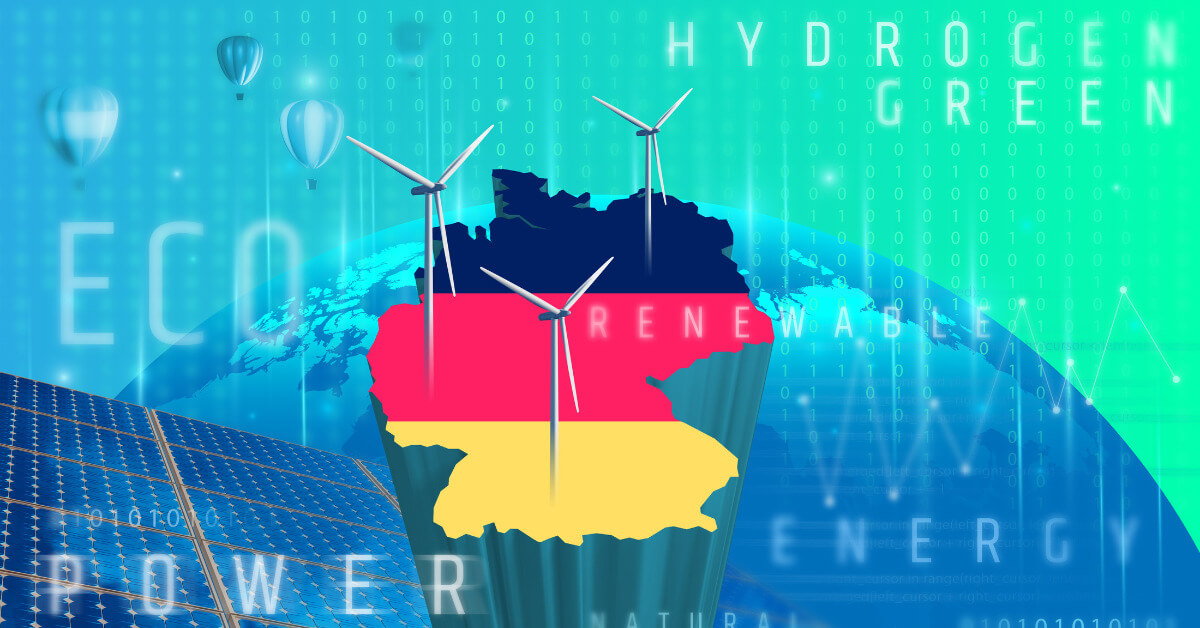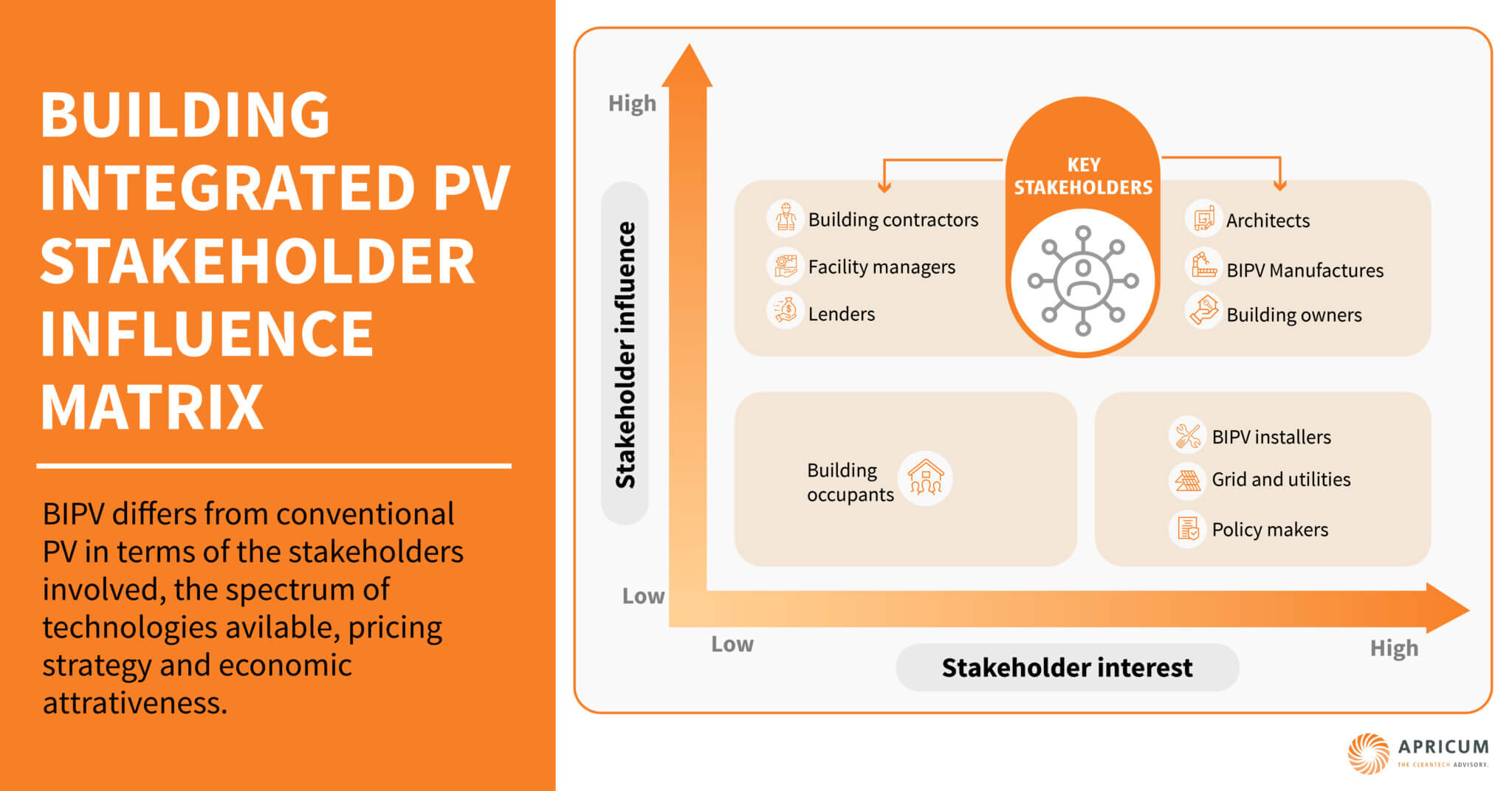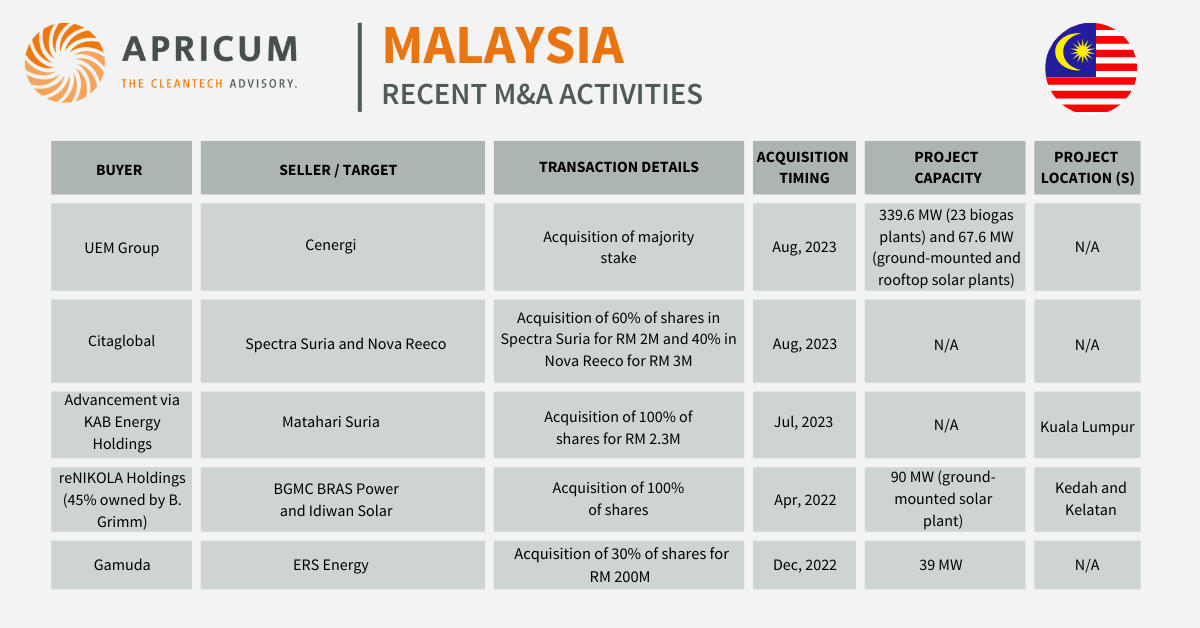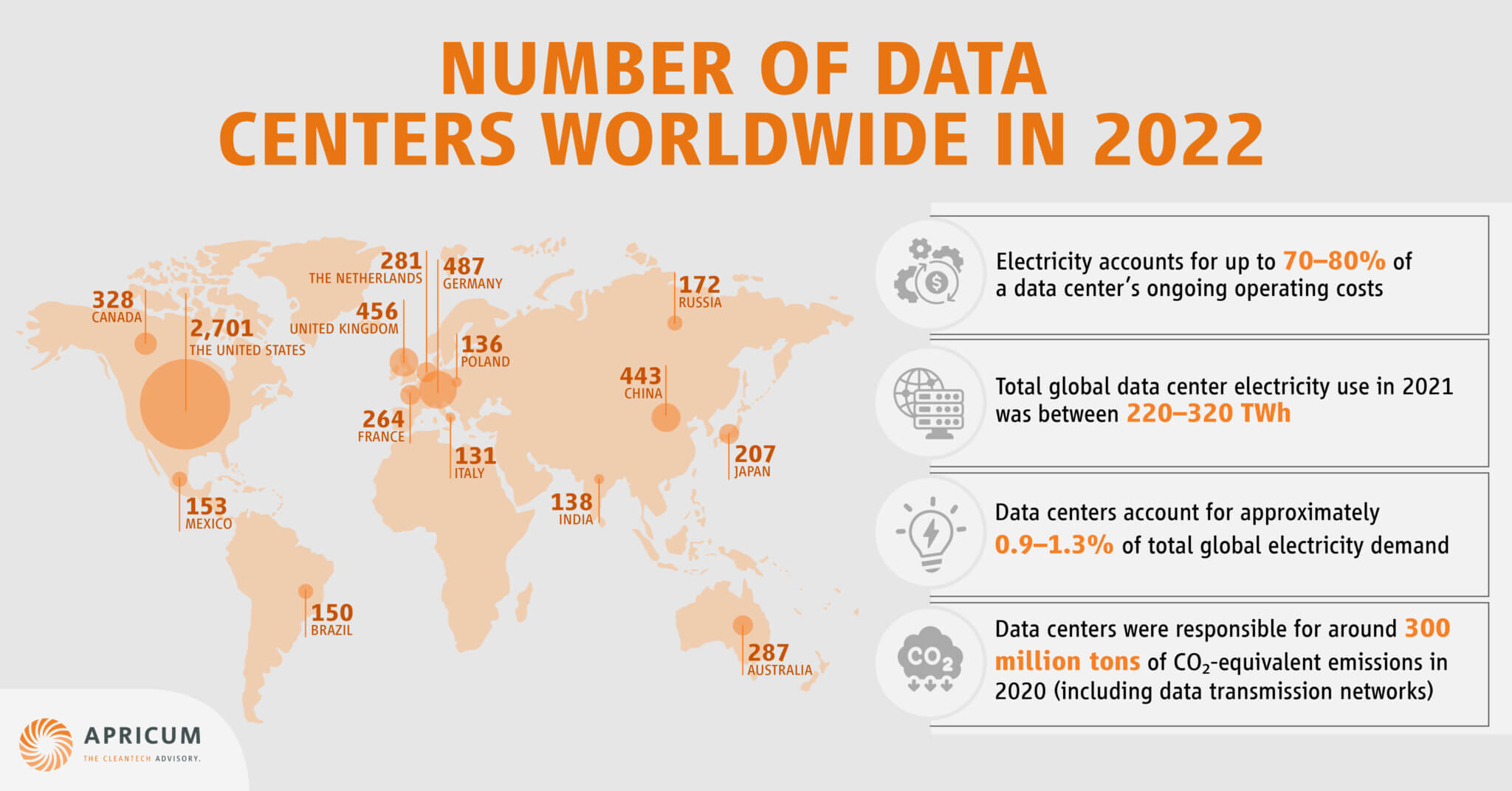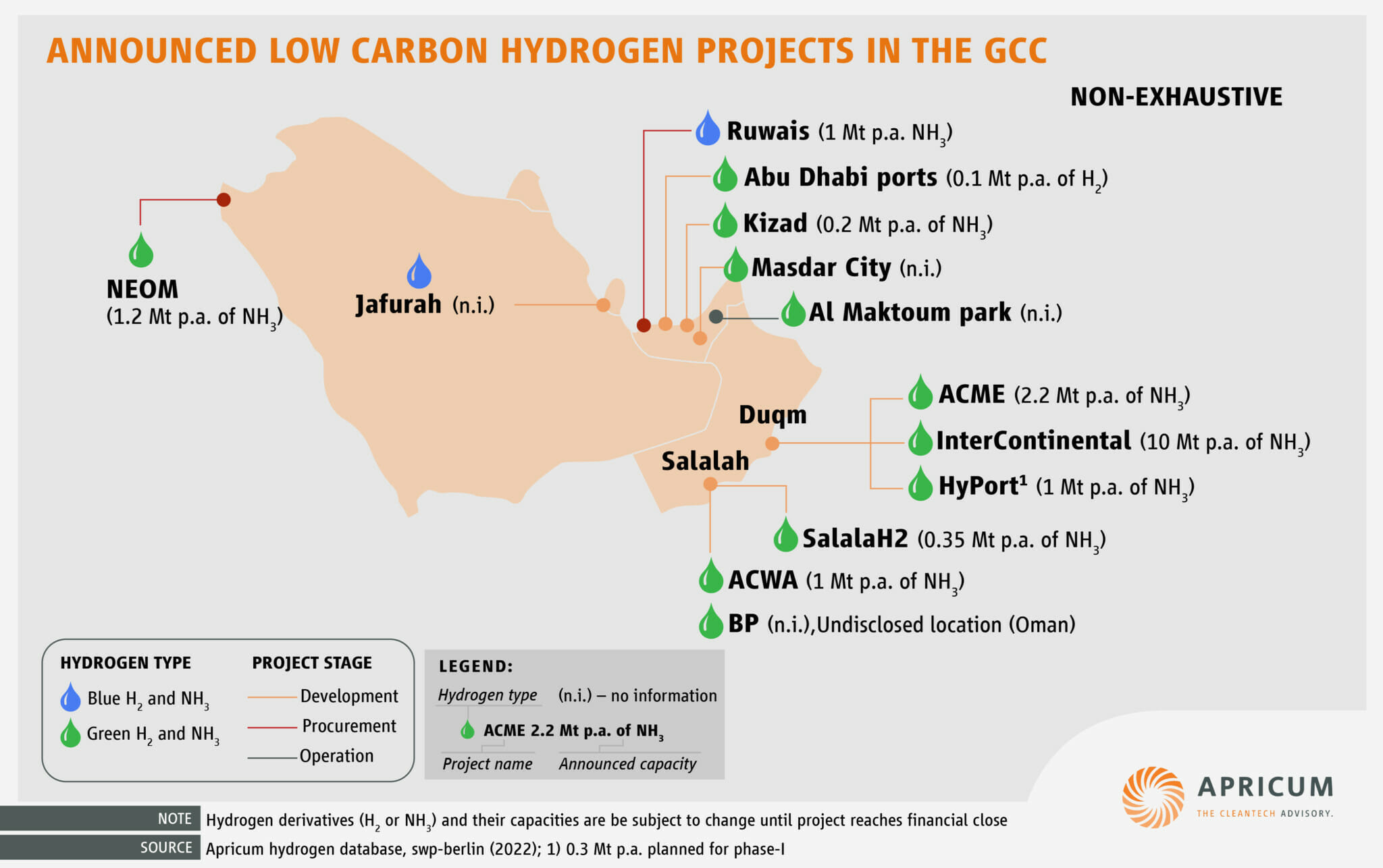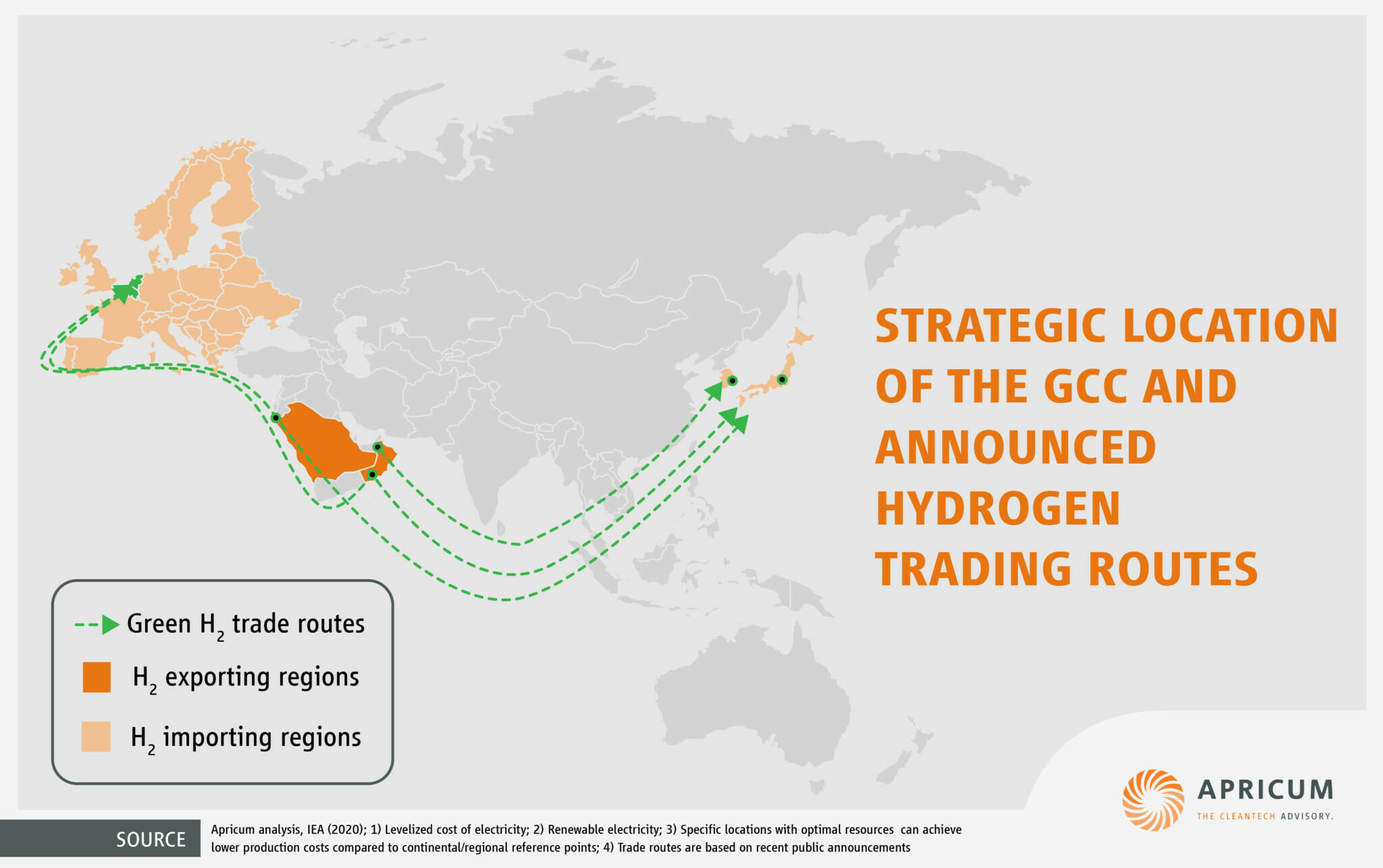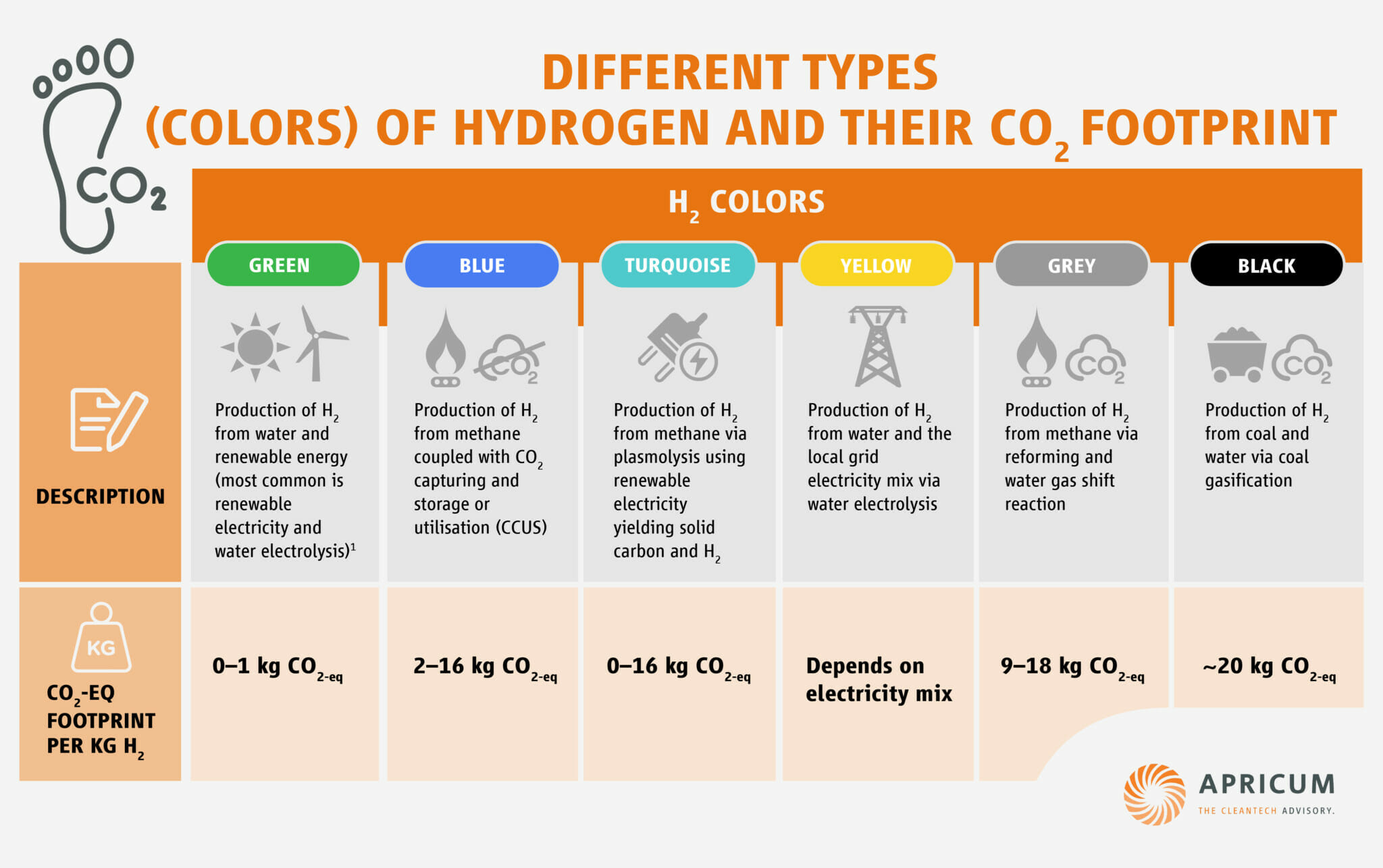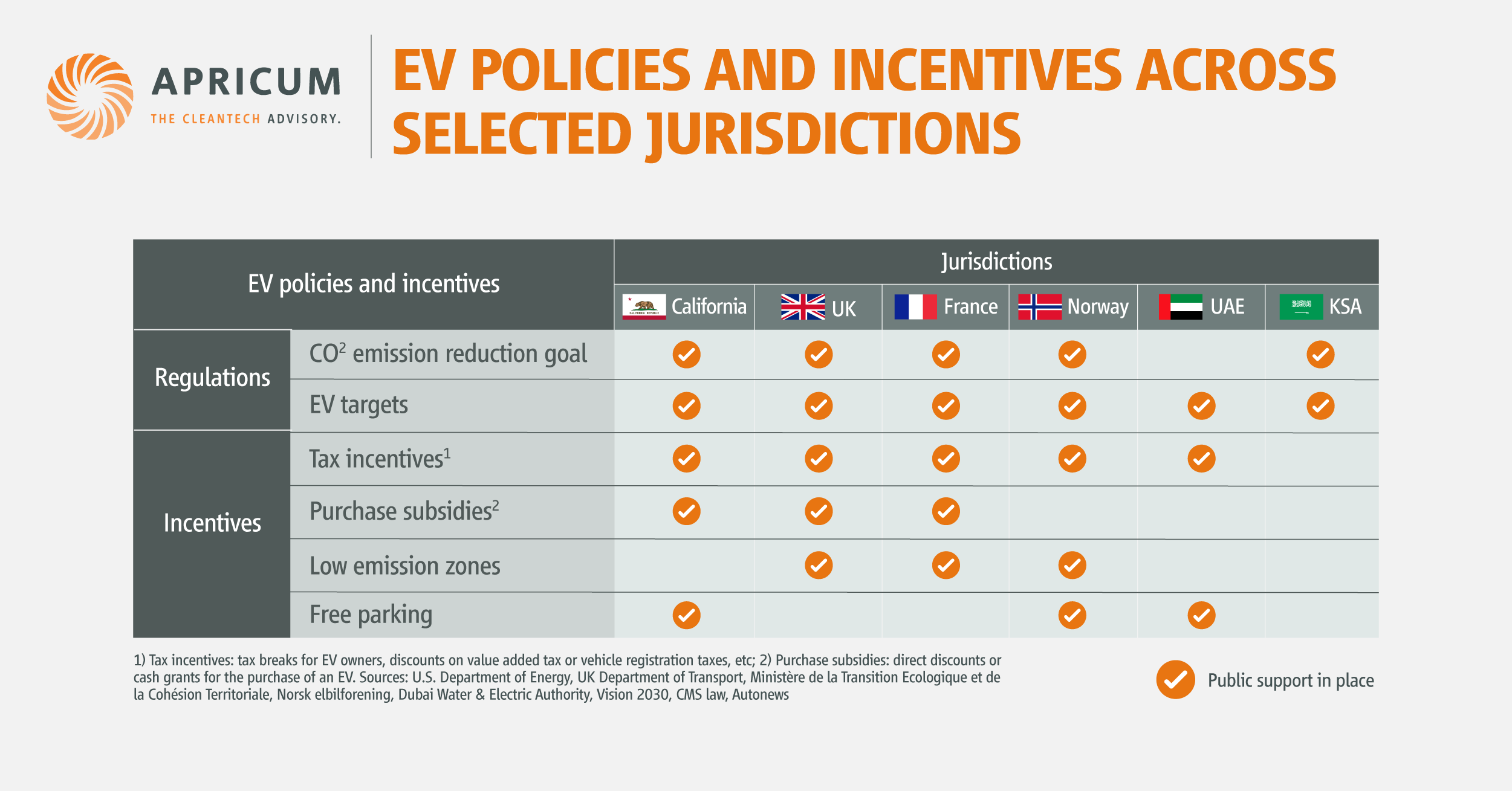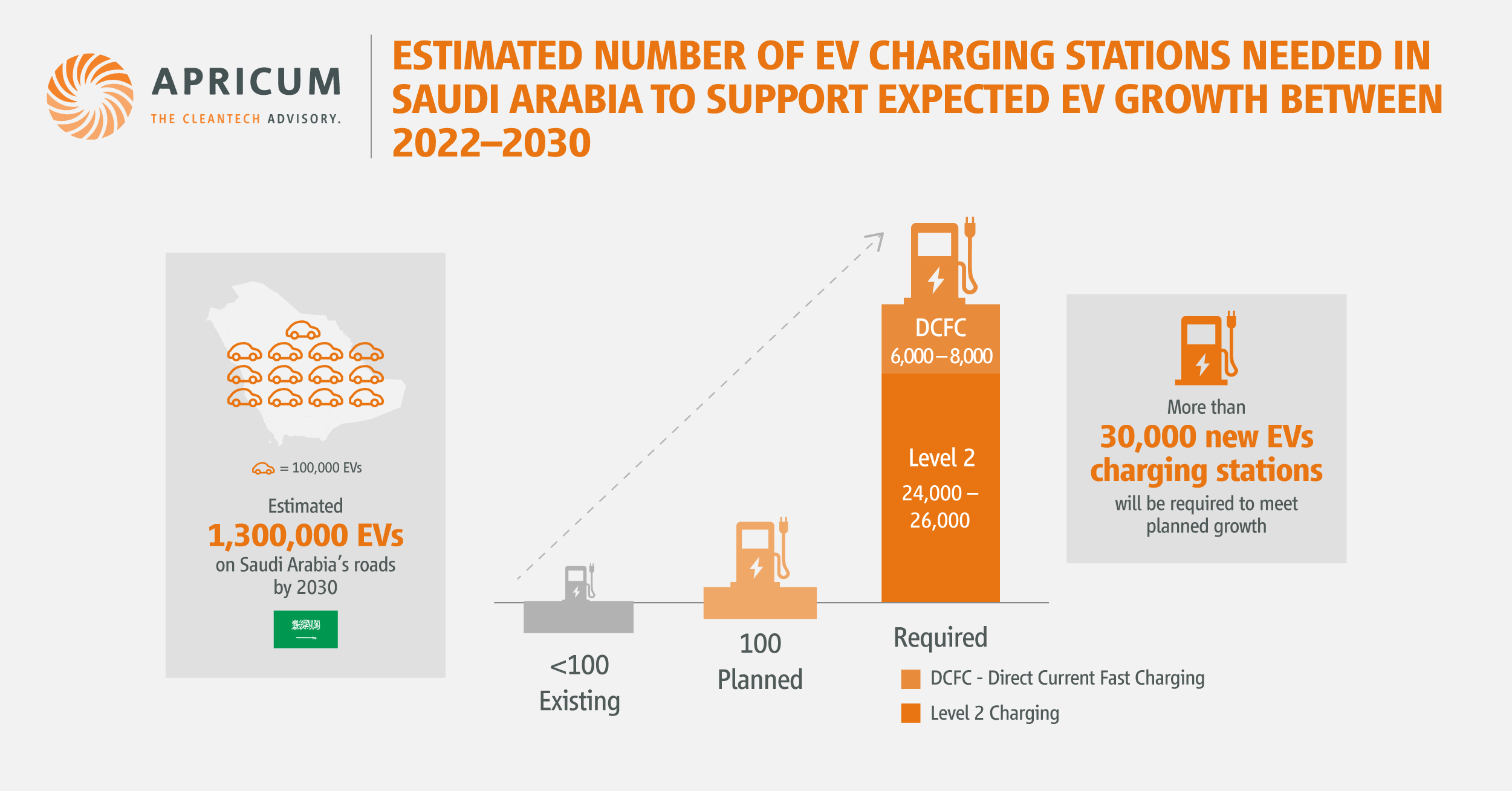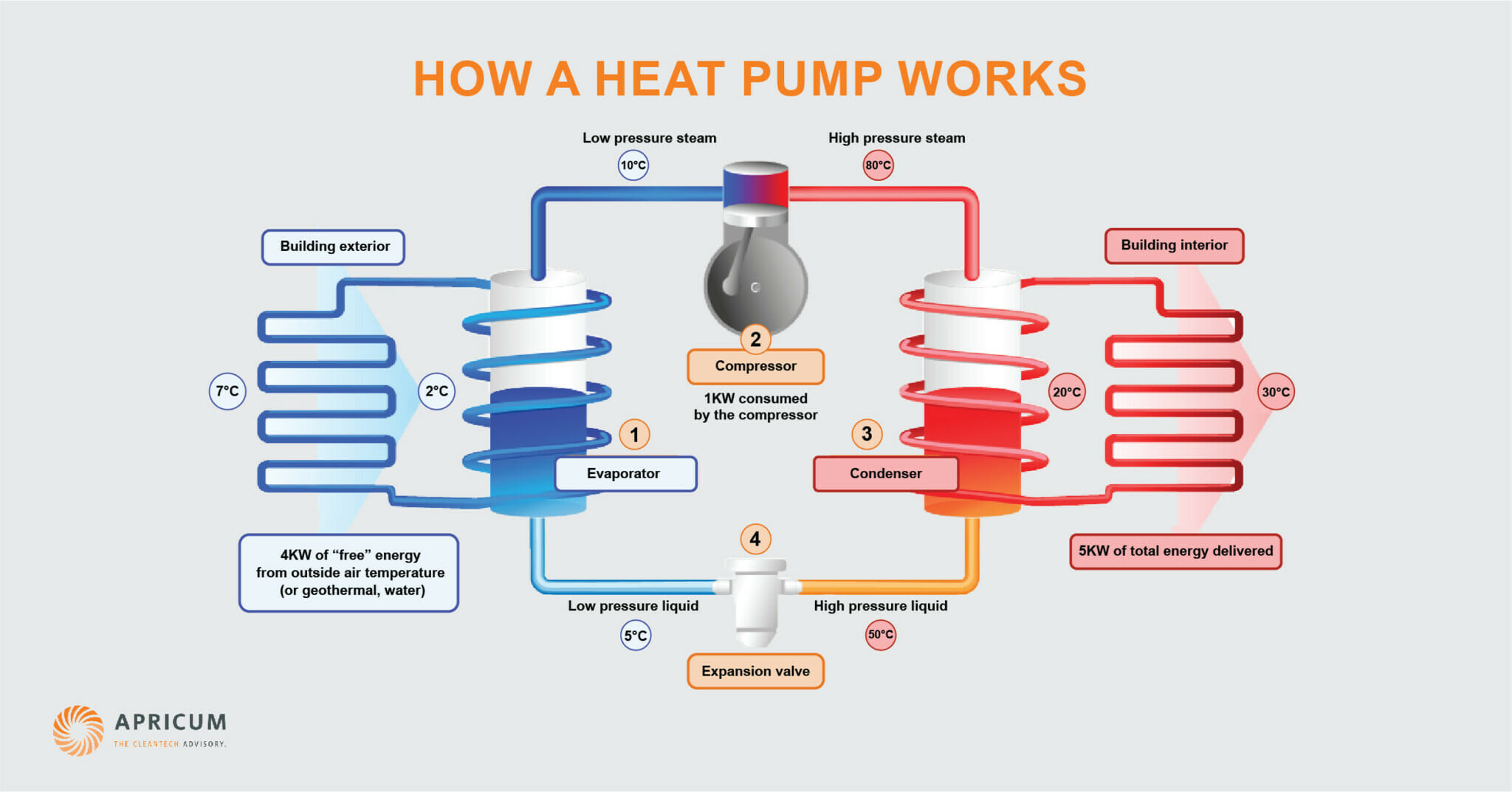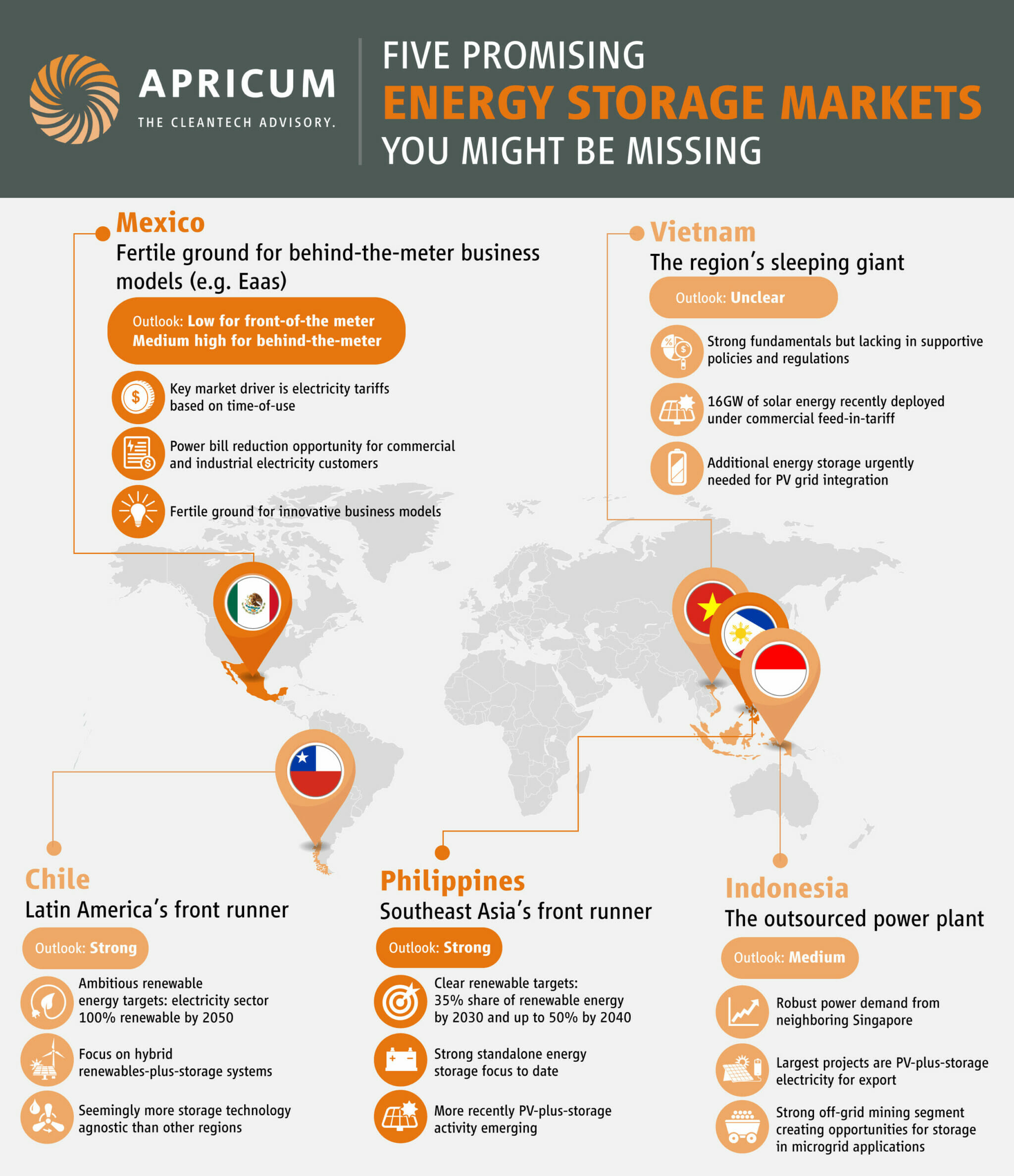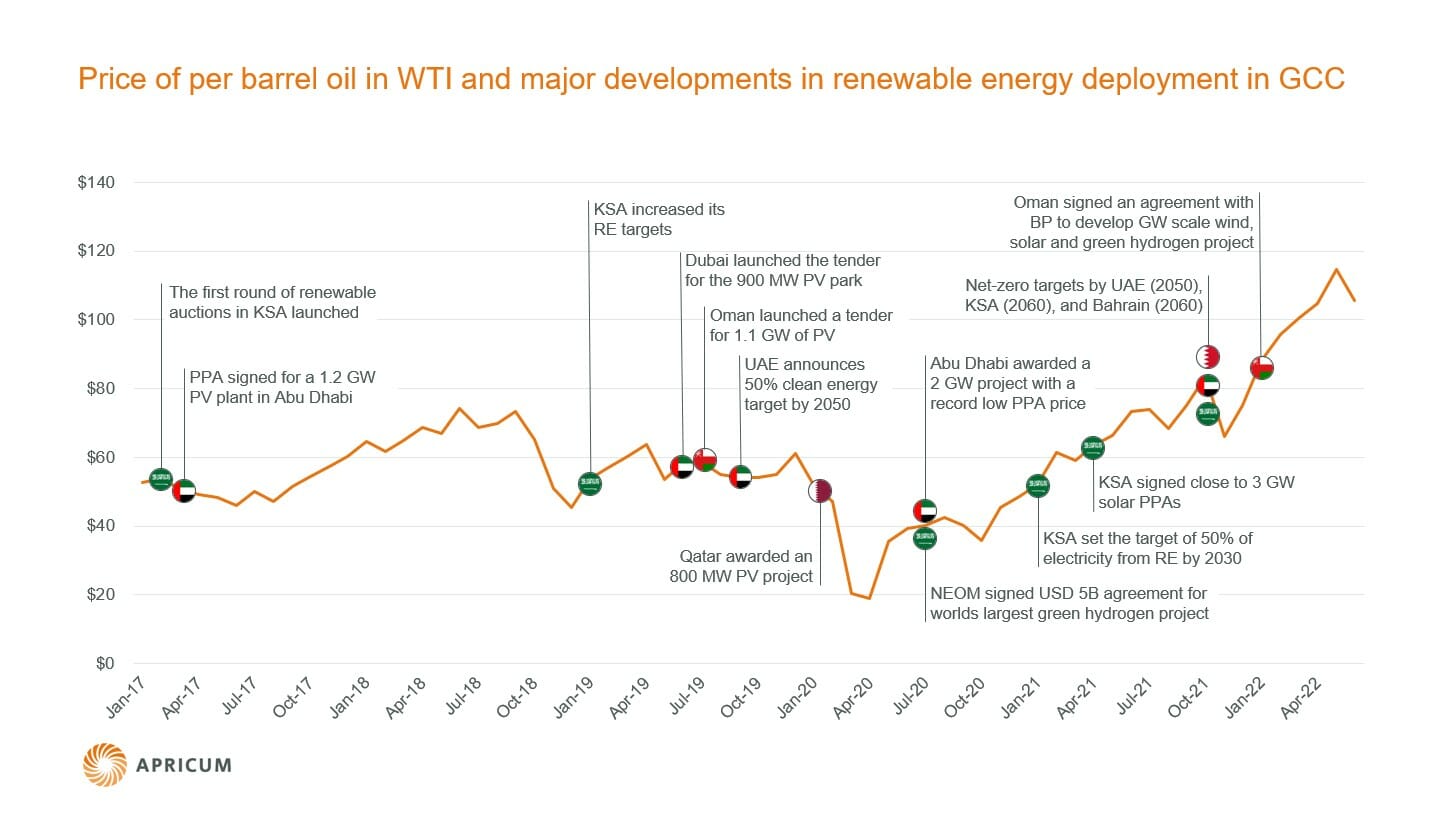“Batteries are dead in continental Europe”, the CEO of Next Kraftwerke, a Germany-based virtual power plant (VPP) operator, was quoted as saying at a conference earlier this year.
At the time, the primary control reserve (PCR) market – still the primary driver for utility-scale energy storage deployments in Central Europe – had fallen from around 2,000 to 1,000 EUR per MW/week, due to an increased level of saturation. And prices haven’t substantially recovered since then.
This “pocket of opportunity” for energy storage, at least as a stand-alone use case, is closing. Are there others that will open soon?
Not sufficiently, according to market analyst WoodMackenzie, which projects total Europe’s share of global storage deployments to fade from 44% in 2014 and 30% in 2019 to 20% in 2025 and down to 13% in 2030.
The problem is not a lack of demand for the services storage can provide, as rising renewable energy shares create an ever-increasing need for flexibility that storage can already provide very competitively today.
The problem is a lack of suitable frameworks, both for allowing unrestricted market access and actually monetizing the value energy storage has to offer. To put it in other words, it’s not sufficient that there is a need for storage’s services if no one is there (or allowed) to pay for it.
In particular, Germany is considered to be a “storage policy laggard” compared to markets like the UK, USA and China, with PCR appearing to be the only market scheme attractive for utility-scale storage in place. The ongoing revision of the country’s Renewable Energy Law (EEG) would be a chance to change for the better, but so far this even lacks the basic requirements specified for EU members such as a clear definition for energy storage – a basic prerequisite for broader market integration of storage.
Nevertheless, utility-scale storage in Germany is finding its way. Beyond PCR, let me list some other opportunities for in front of the meter-storage in Germany, either “existing but often overlooked”, “just recently emerging” or “in pilot stage but with high potential”.
Existing but overlooked: “Avoided Network Fees”
An existing scheme for utility-scale storage that seems to fly largely under the radar involves Avoided Network Fees.
Avoided Network Fees (or “vemiedene Netzentgelte“) are payments received by the operators of distributed generation assets from the DSOs responsible for the distribution network they are connected to. The basic idea is that regionally generated and consumed electricity, in general, provides relief for the large transmission lines.
Remuneration is based on an energy and a power component and calculated according to the avoided network fees of the upstream network or transformer levels.
“Volatile” distributed generation assets such as wind and PV, commissioned after 1.1.2018 are not eligible to receiving Avoided Network Fees anymore. However, dispatchable units – including energy storage – can still benefit but need to be in operation before 1.1.2023.
If the location is chosen wisely, Avoided Network Fees can contribute to the business case for an in front of the meter-storage installation by “beefing up” the revenue stack. But you need to move fast, as this pocket is going to close in about two years.
Recently emerging: Innovation auction
Unlike the USA and Australia, renewables-plus-storage projects are very rare in Germany, mainly due to the lack of an economically viable business case for renewable energy time shift.
But things have started to change this year with Germany launching its first Innovation Renewable Energy Auction on September 1st. Out of the 650 MW total auctioned capacity, 200 MW were reserved for “asset combinations” including PV and/or wind combined with energy storage, with the latter required to account for at least 25% of the installed renewable energy capacity.
Companies submitted bids based on the amount of government support (“market premium”) required for their projects on top of revenues from “direct marketing” at the wholesale market. The maximum value of these premiums for asset combinations was set at 7.5 EUR-cents/kWh, payable for a period of 20 years.
The auction created substantial interest with 785 MW of bids for system combinations being received. Most of the winners were combinations of PV and storage with awarded market premiums ranging between 1.94 and 5.52 EUR-cents – again, this comes on top of the wholesale market price. The next round of innovation auctions has already been announced for next year.
With an economically viable business case at hand, first large-scale PV-plus-storage projects will now be realized in Germany, allowing energy storage to provide proof of the benefits it can add in this combination and potentially create a liquid, longer-term opportunity. Watch this space.
Pilot with large potential: Grid booster
This catchy name is describing a measure referring to the storage use case of “T&D deferral/avoidance”, i.e., temporarily or permanently replacing the investment in new powerlines, optimizing grid utilization and avoiding costly redispatch.
A key challenge for the German transmission grids is the increasing wind power generation in the north of the country, which has to be “transported” to the southern centers of demand, leading to a higher need for grid capacity or curtailment of wind turbines. Alternatively, a “virtual powerline” can be established by placing an energy storage unit at both ends of a potentially congested powerline: The unit before the bottleneck charges electricity that cannot be transported any further, the unit after the bottleneck supplies consumers with the adequate amount of energy (until local generation becomes available).
In December 2019, Germany’s Federal Network Agency approved two energy storage pilots to trial the grid booster concept with a combined capacity of 450 MW. The sense of urgency does not seem to be too high, given the distant targeted commission date of 2025. Nevertheless, if successful, a roll-out of the concept across the country is likely, offering a substantial new pocket of opportunity for large-scale energy storage.
Stay flexible, stay successful
In summary, the German utility-scale energy storage market is more than just PCR. Although not served on a silver platter, these other existing, emerging or future opportunities bear substantial potential and can be seized by resourceful and competitive storage players.
Germany, however, remains a prime example of how flexible business models are of the utmost importance for success in energy storage. This holds true for most other markets as well where you cannot rely on the same energy storage use case for an extended period of time, but rather you need to be prepared to add new revenue streams and abandon old ones as “pockets of opportunities” keep opening and closing.
Examples of key flexibility elements to be covered are the use of modular storage hardware that can be easily modified, negotiations of warranties with sufficient wiggle room and superb analytical capabilities to understand the impact of a changed operation mode on your storage system’s health and achievable returns.
However, as the first step you need to keep a close eye on what’s in it for storage in your chosen market – beyond the well-tried use cases.
For questions or comments, please contact Apricum Partner Florian Mayr.

